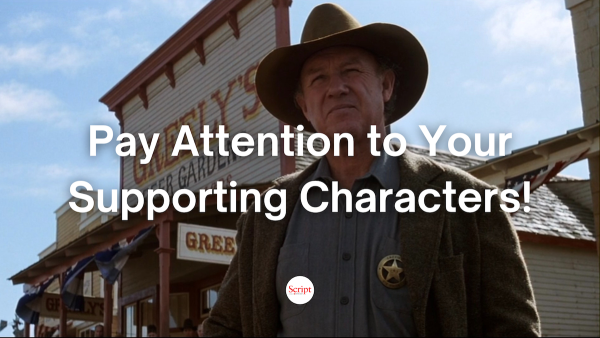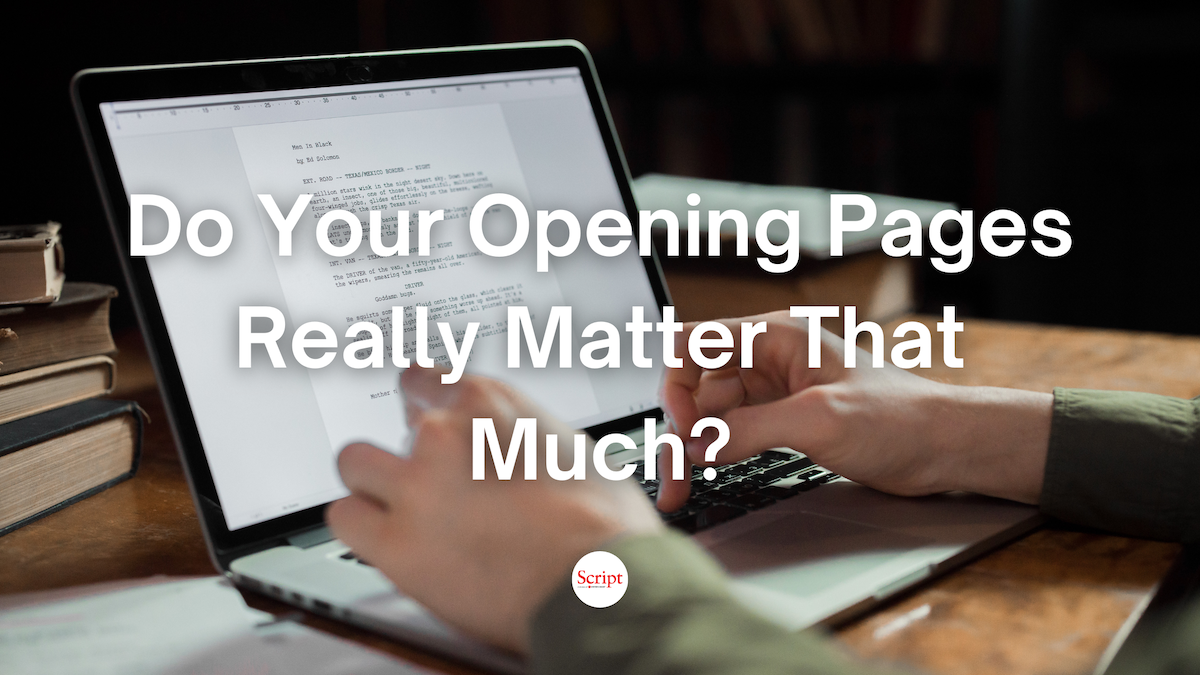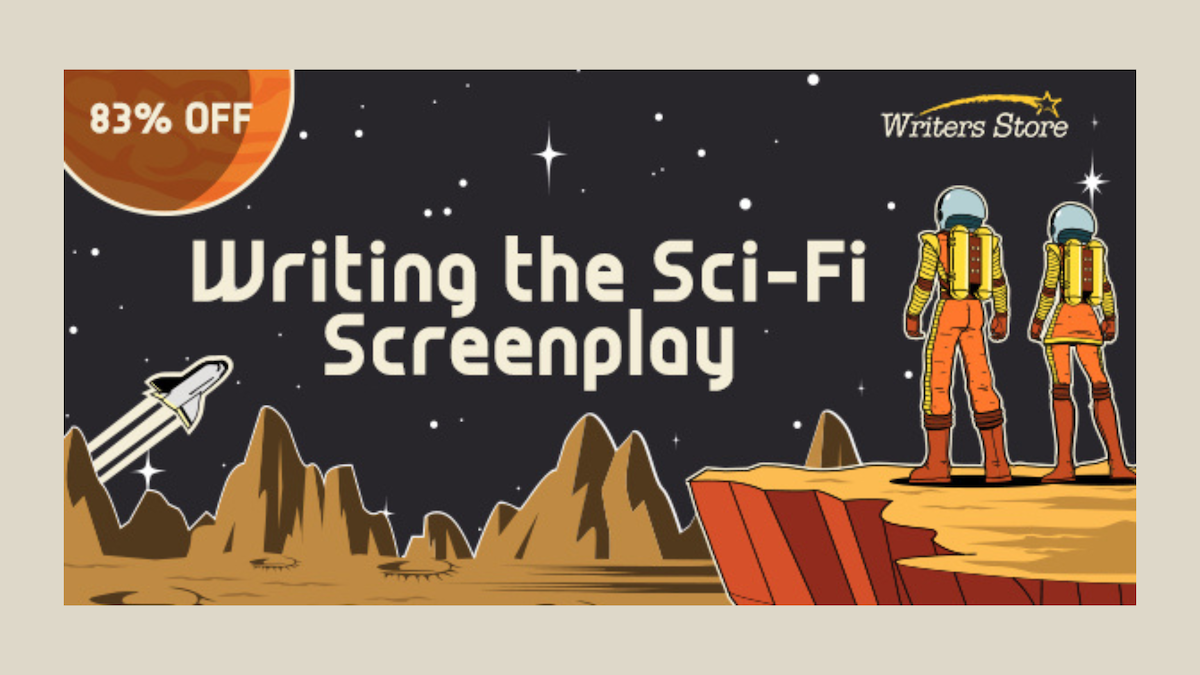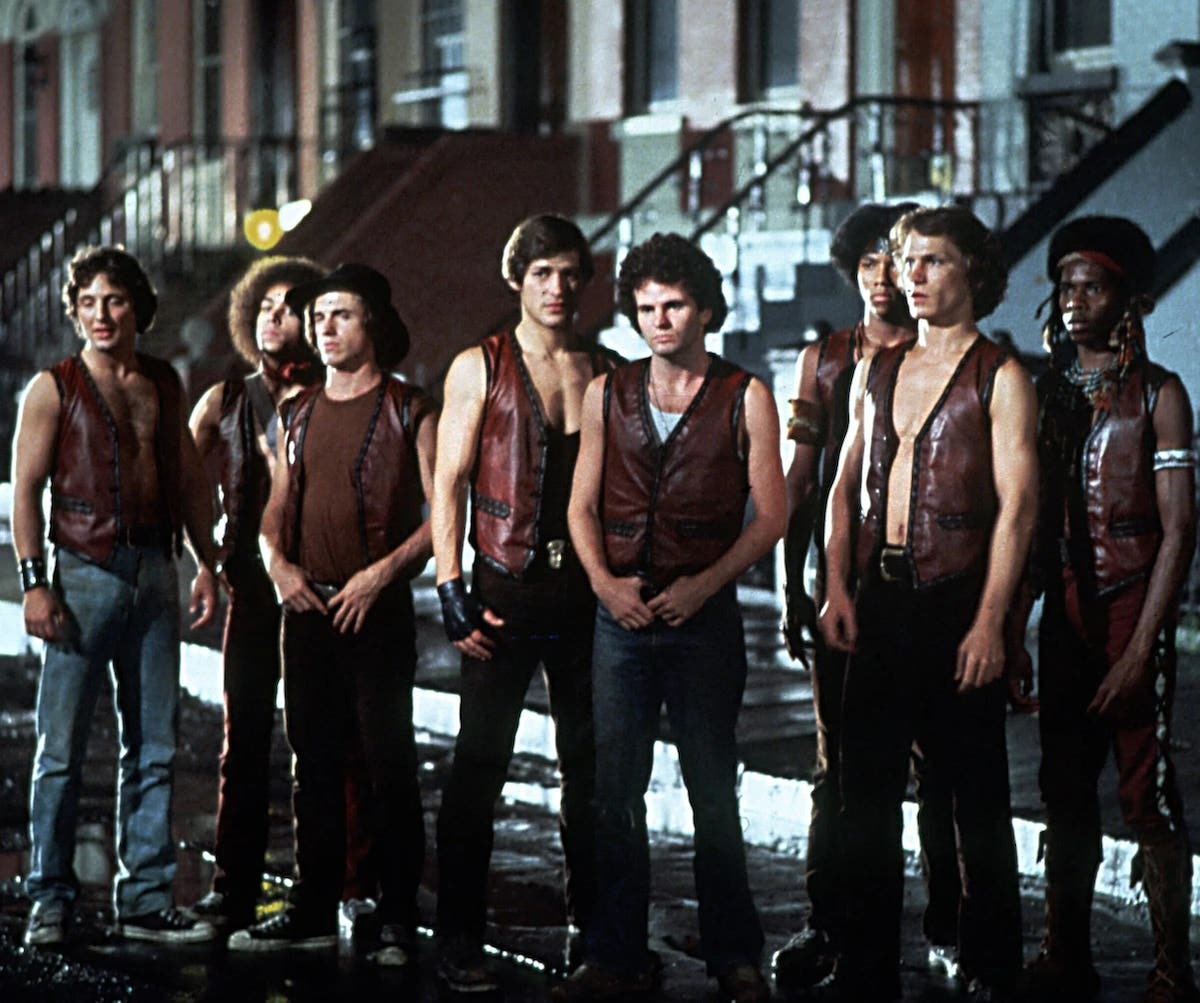The Great White Death of Writing a First Draft
Writer Rob Tobin gives valuable tips on facing down the blank page to get your first draft done.
Rob Tobin is a produced, award-winning screenwriter, published novelist, former motion picture development executive, and author of two well-known screenwriting books - The Screenwriting Formula and How to Write High Structure, High Concept Movies. Rob just signed a six-figure, three-book adaptation deal. Follow Rob on Twitter: @RobTobin
Okay, you've read my book, or Vicki King's How to Write a Movie in 21 Days (the only two books on structure I unquestionably recommend), you've shaped your structure and now you're ready to start writing the actual content of your screenplay—the scenes, dialogue, and action. Your word processor's blank page faces you, as white as a Russian winter and twice as chilling. You think of the deadline. You think of your career. You think of primal scream therapy. Is there an answer to the Great White Death?
Take two pre-writing techniques and call your writing coach in the morning.
Pre-writing techniques can help a word-starved author jump from blank page to finished product, regardless of the author's genre or level of expertise. In writing this very article I used one such technique, called "focused freewriting."
FOCUSED FREEWRITING
Focused freewriting involves sitting down with pen/keyboard in hand, topic in mind, and beginning to write. The only rules are to stay on topic as much as possible, and to not stop writing, no matter what—not even for a second. If you have to write nonsense, such as "who the hell is this Tobin guy anyway, and what makes him think that this will help me with my documentary film on nudity among Patagonian Indians?" then do it, and come back to the topic as soon as you can. Just don't stop writing!
What follows is a snippet from an actual freewriting session I did while trying to write a magazine article. The passage is unedited, complete with the original typos, save for the deletion of a few colorful expletives:
Okay, here we go: I'm sitting here, wondering what the hell I'm going to do to get this article going. I've got a Tuesday deadline, five articles lined up, all with national magazines, and I'm fiddling with things on my desk instead of writing the words and collecting the cash. Hey, I like that line. Okay, I'm freewriting, so let's see what I can say about the bloody subject. First, I guess the problem right now is that I have two parts of me, doing battle over what I should write. One is telling me that what I've just written two words ago is trash, and that I should stop, carefully consider it, and then maybe re-write it, or maybe even that I'm an incompetent writer, and that I should give it up if this is the best that I can do with it. Jesus, but I'm not going to stop now, no matter what, because that is exactly what that first character, the editor, wants me to do. To be sure, I need that editor, when the time is right, but for the first draft, I'm doing just fine by letting the writer take control, and telling the editor to take a hike. He's there, now, telling me to stop, reminding me of the ache in my fingers, telling me that my shoulders are sore from all this typing, and just how long can I keep on typing anyway, huh? It is especially tempting at the end of sentences to stop, since that is a natural resting place. But do I give in? Not till I've got this section written, typos, aching shoulders and all. Once I've got this section written, then I can stop, sip at my nice, herbal tea, and let the editor carefully consider the stuff I've put down, and let that little dickens refine it. Except, I've got a great idea: one that will drive that little guy absolutely bonkers: I'm not going to let that editor refine this, I'll include it in the article as a sample of freewriting, and let the readers see what goes on in a typical freewriting session. And that, I think, is where I'm going to stop, because now I have something on the page, and a good hook for this section of the article, and maybe for the article as a whole. There, you little rascal!
I stay pretty much on topic in this particular passage. It doesn't always work out this well. Sometimes it comes down to either straying off topic or writing nothing at all. In that situation, the writer goes for whatever keeps him writing, even something like:
"Goo-goo, ga-ga, I feel like a baby, just making stupid sounds to keep from stopping but whatever I need to do to keep on going, I will. Now, what was my topic again? Oh yeah—the Mexican pickle industry as a major force in world agriculture."
In focused freewriting, nonsense is a placeholder, something to keep you writing until you can regain your focus.
Why is it so important to continue writing, no matter what you actually put down on paper? As mentioned in the above freewriting passage, there really are two aspects to the writing Self: the creator and the editor. As one of my creative writing profs in Canada once said, the creator puts the clay on the table, that basic stuff that can then be shaped by the editor. But until the clay is on the table, the editor is a hindrance, trying to get you to stop before you've even started. Why? Because the editor is a perfectionist, and will not accept anything that is less than perfect. The creator, however, needs the freedom to put down everything, including the non-perfect and maybe even the downright lousy. Then, and only then is the editor needed and welcome. Freewriting works by keeping the editor distracted by the sheer volume and speed of writing. Your particular "editor" may be strong enough to initially distract you from writing anything worthwhile, so that you write paragraph after paragraph of nonsense or banality. Keep going. I once ended up freewriting for half an hour. The result was the best article I have ever done, for one of the most prestigious magazines in the world. Was it worth it? Damned right it was.
You'll notice too, that the freewriting passage above gave me more than writing material. It gave me a slant, that of incorporating an actual pre-writing sample into the body of the article.
Freewriting can give you more than just a jump-start. Sometimes, it can give you an entire first draft. Long ago I was assigned to do a story on an airport. I went to the airport and took copious notes on everything I could find, poking about in dusty little corners, and describing in detail the various girly calendars and posters on the walls. I filled seemingly countless pages in my notebook.
When I got home, I was about to review my notes, when, on impulse, I decided to do a little focused freewriting, just to warm up. Instead of warming up, I finished up, writing the entire article in one half-hour freewriting session. I never did use those notes, except to confirm a statistic or quote.
What if you don't have even a topic in mind? Then comes Penstorming.
PENSTORMING
I first came across penstorming during a financial workshop I attended many years ago. The workshop leader had us take pen in hand, and begin writing. There were no rules or instructions, other than we were not to stop, even for a moment, until she told us to. In essence, then, it was freewriting without even the restriction of remaining focused on a particular topic. At the end of fifteen minutes, there wasn't a person in that room who wasn't astounded at the revelations and perceptions staring up at them from the page.
Penstorming might seem too chaotic to produce anything of worth to a writer. In fact, however, the complete freedom which penstorming allows is what makes it such a valuable technique, especially for writers looking for topics on which to write. In freewriting, the restriction of having to stay on topic helps the writer produce something specific to the article he is writing, but restricts him from discovering new topics. Penstorming allows the writer to roam about at will, from the sublime to the ridiculous, from topic to topic.
Freewriting and penstorming work on the principle that we always have something worthwhile to say. Sometimes, however, a part of our conscious mind called the Critical Censor prevents worthwhile ideas from emerging from the subconscious. Penstorming keeps the Critical Censor so busy with the physical act writing that those valuable ideas just slip right past it and onto the page. Before you know it, there it is, staring up at you from the previously barren page: the synopsis of Everything you wanted to know about Saudi Arabia but were afraid to enlist.
A word of warning: penstorming (and sometimes focused freewriting) can release many things from our subconscious, things we are not always anxious to recall or discover. If it is any consolation, these sometimes horrible little bits often form the basis of truly powerful writing. While writing a piece for Harper's, I used focused freewriting and found myself dredging up extraordinarily painful memories, memories I had not attended to in twenty years or more. Instead of suppressing the horror, I allowed myself to feel it in full, and then incorporated it into the article. The result was a number of moving passages that raised the article to a new level.
STYLE COPYING
If you're looking for a warm-up, rather than a jump-start, style copying can serve quite well. Style copying entails copying long passages, verbatim, from the work of accomplished writers. The point isn't to commit plagiarism, but rather to get a feel for writing excellence.
Professional athletes have long known that emulation is the surest method of achieving excellence. Tennis players watch training films, practice the perfect swing ad nauseam, and sit with eyes closed, visualizing that winning forehand smash.
Self-improvement experts espouse the benefits of surrounding oneself with the things we want: test-drive that Mercedes, try on that beautiful coat, read those magazines on wealth and success, and before long those things and lifestyles will be ours.
So it is with style copying: emulate the perfect often enough, and soon you are experiencing that perfection in your own writing. Kind of like the old "fake it till you make it." You may not be aware of an improvement in your writing, but when you get to that tricky point-of-view problem, you might breeze right through it, adapting some technique you encountered during style copying. So pick up a script by William Goldman or Larry Kasdan and start copying away.
WHO'S ON FIRST?
Here's one that journalists swear by, the old "five Ws and the H": Who, When, What, Where, Why and How. This technique ensures that all aspects of a news story are covered, from what happened, to who was involved. The real news is that this technique is invaluable in any kind of writing, including screenwriting – who is the hero, when does the story take place, what is the main event, where is it set, why is the hero the way he or she is, how is he or she going to get out of trouble?
Writing is, after all, meant to convey information. Using the "five Ws and the H" ensures that a story contains all the information the reader needs. The "five Ws and the H" can also be used as a pre-writing technique – a version of the old "what if?" technique.
PUTTING IT ALL TOGETHER:
Will these pre-writing techniques alone make you the next Nora Ephron? Hardly. But if you've been (frost)bitten often enough by the Great White Death, and want to put some fire back in your writing, try these chestnuts—you might even end up with some cold, hard cash. After all, you've got nothing to lose but ... nothing—the terrible nothing on that snow-white page.
Good writing to you.
Get more of Ron Tobin's tips on structure in his book
The Screenwriting Formula: Why It Works and How to Use It
Rob Tobin is a produced, award-winning screenwriter (Storefront, Broken, Vengeance, The Camel Wars, and a contributor writing on Dam 999) published novelist, former motion picture development executive, and author of two well-known screenwriting books - The Screenwriting Formula and How to Write High Structure, High Concept Movies. Rob just signed a six-figure, three-book adaptation deal. Follow Rob on Twitter: @RobTobin





